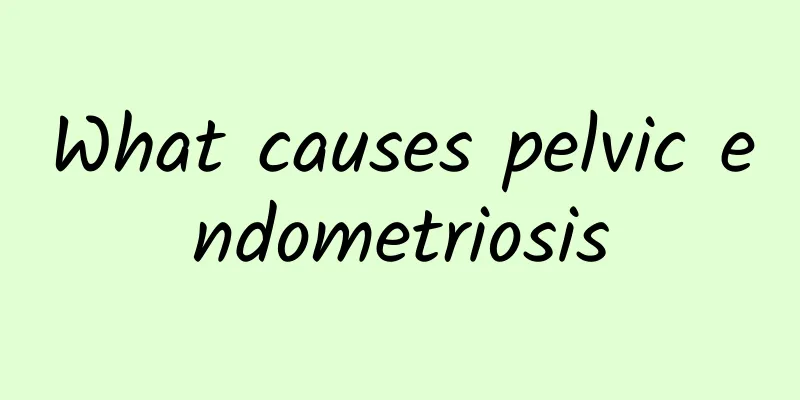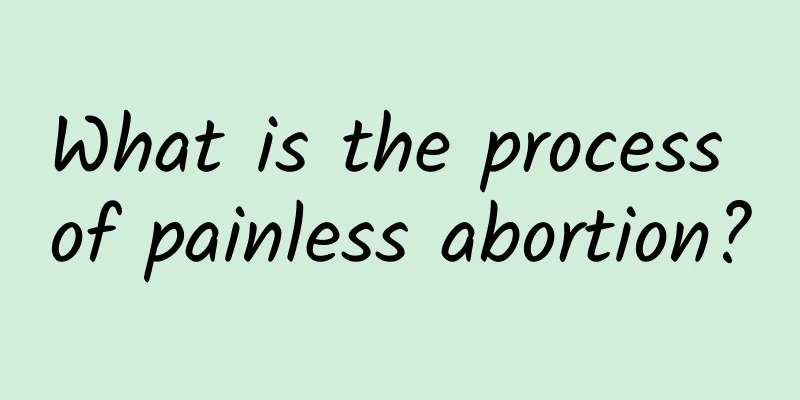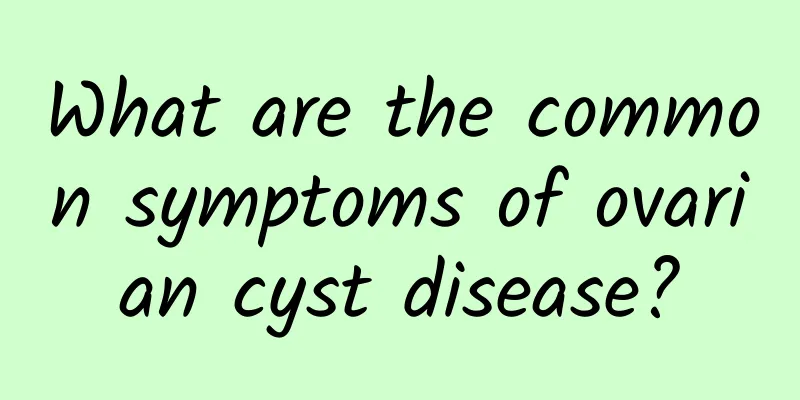What causes pelvic endometriosis

|
Pelvic endometriosis may be caused by retrograde menstruation, iatrogenic implantation, lymph node and venous spread, genetic factors, immune factors, etc. It is necessary to go to the hospital's gynecology department for examination and diagnosis and actively receive treatment. 1. Retrograde menstruation: Pelvic endometriosis usually presents as secondary dysmenorrhea, which is more common in women of childbearing age. It may be caused by retrograde menstruation, which flows along the fallopian tube into the pelvic cavity and continues to grow or spread, causing pelvic endometriosis. You can follow the doctor's instructions and use drugs such as medroxyprogesterone acetate tablets, megestrol acetate tablets or norethisterone tablets to improve amenorrhea or false pregnancy. 2. Iatrogenic implantation: It may be secondary to abdominal wall incision endometriosis after cesarean section, or it may be caused by direct implantation of the endometrium in the incision during surgery. You can use indomethacin tablets, ibuprofen sustained-release tablets or naproxen tablets and other drugs under the guidance of a doctor to achieve anti-inflammatory, antipyretic and analgesic effects. 3. Lymph node and venous spread: usually the endometrium spreads to distant places through lymph nodes and veins, and endometriosis occurs in organs far away from the pelvic cavity. For older people or those who do not want to have children, conservative treatment is not effective, and radical surgery is required when necessary, such as removal of the entire uterus or bilateral adnexa. 4. Genetic factors: There is a certain degree of familial aggregation. If there is a family member with liver disease, the chance of passing it on to children is relatively high, especially if the mother has endometriosis, which may also increase the risk of the daughter getting the disease. If there is no desire to have children, and the symptoms are severe and recurrent, radical surgery is required. 5. Immune factors: It may be caused by an abnormal immune system in the body that cannot remove the endometrial tissue outside the uterine cavity, or it may be caused by treating the ectopic endometrium as its own tissue and not being able to completely remove it. If a cyst is formed with a diameter of 4 cm or more, it can be treated with laparoscopic minimally invasive surgery. In addition, it may also be caused by inflammatory factors, which can be diagnosed through laboratory tests or imaging tests. Take good care of yourself during the illness, and if you feel any discomfort, it is recommended to go to the hospital as soon as possible. |
<<: What are the symptoms of premature ovarian failure?
>>: What are the symptoms of uterine fibroids?
Recommend
Who controls your thirsty desires? Academia Sinica deciphers the neural mechanism of hunger and thirst signals in the brain
Who controls your thirsty desires? Many human neu...
Create a devilish body! 5 steps to breast massage
Our bodies are very mysterious and also very diso...
What are the sequelae of abortion? What are the symptoms of diseases left after abortion?
Abortion is a common method for women to terminat...
What to eat for premature ovarian failure and hair loss
What should I eat if I suffer from premature ovar...
Some obvious clinical symptoms of early vulvar leukoplakia
The harm of vulvar leukoplakia is quite serious, ...
How to self-examine for patients with uterine fibroids
Uterine fibroids, also known as uterine leiomyoma...
What causes spontaneous abortion?
Spontaneous abortion may be caused by chromosomal...
What to do if hyperprolactinemia is discovered before pregnancy
What should I do if I find hyperprolactinemia bef...
Do you know the complications of abortion?
Most people may have heard of abortion, and some ...
Let's analyze and introduce the causes of cervical hypertrophy
Patients with cervical hypertrophy want to know m...
What is the best treatment for hyperprolactinemia?
I believe that many patients with hyperprolactine...
Understanding the symptoms of adnexitis is the key
Many people do not have a clear understanding of ...
What are the reasons for irregular menstruation in women? Two major factors can easily cause irregular menstruation
Menstrual disorders, also known as irregular mens...
What are the 4 manifestations of uterine fibroids? Typical symptoms of uterine fibroids
What are the 4 manifestations of uterine fibroids...
What should I do if I have increased leucorrhea and vulvar itching?
What should I do if I have increased leucorrhea a...









